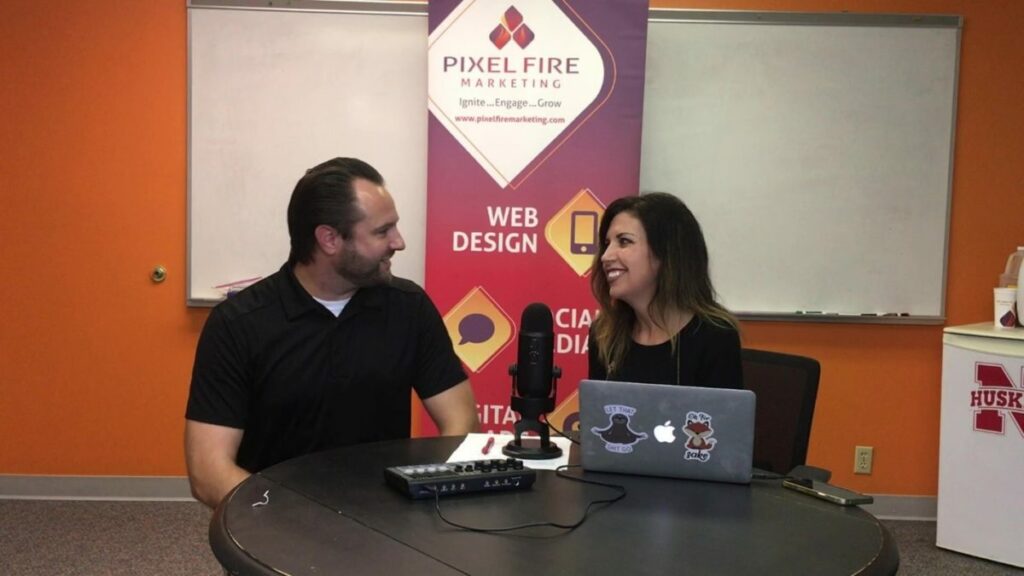Using Engagement Equity is all about giving value. Value to your prospects, to your clients, to your business partners, to your family. When it comes down to it, we all want to give value. So why is it sometimes so difficult to get out of our own heads, put aside our needs and wants, and build deeper relationships with others by giving?
Unfortunately, there are a variety of reasons why giving value to others is difficult (and often impossible). However, by being aware of what’s holding you back, you can work on these issues to increase your ability to give. Here are some of the most common stumbling blocks keeping you from using Engagement Equity.
Habits and perceptions
Habits can be good. If we get in the habit of working out every morning or kissing our spouse goodbye before we leave for work, we’re doing something great for ourselves and our relationship without ever really needing to think about it. Habits eliminate the need for self-control. However, this can also lead to bad habits like interrupting people when you have something to share, showing up to meetings late, or leaving your dirty socks on the living room floor at the end of the day. And the thing about habits is, the more you keep performing them, the easier and easier they will get.
Have you ever wondered how your habits developed? In Gretchen Rubin’s book Better Than Before: What I Learned About Making and Breaking Habits, she states that most habits revolve around what our dominant tendency is. The four tendencies are Upholders (people who do what they expect from themselves), Questioners (people who will only do something when they fully understand and agree with it), Obligers (people who will do what others expect them to do), and Rebels (people who will not do what they or others expect them to do.) Which one are you? You can take Gretchen’s quiz to find out, but you may already know simply by reading these descriptions. I, for example, am a Questioner. So I have the habit of resisting what someone tells me to do initially until I can take time to fully process it and decide if I agree with it or not. This is why I have the habit of stalling for time when someone puts me on the spot and asks me to do something. Once you discover your tendency and how your habits are connected, you can better understand yourself and make adjustments to your habits.
Our perceptions are also a possible roadblock when it comes to giving value to others and using the techniques of Engagement Equity. In her book Dare to Lead, Brene Brown states that we all perceive others as being good or bad and that our lives are much happier when we truly believe that people are doing the best they can with the tools they currently have. If you think the best of others, it’s much easier to give them value (even when you don’t feel you’re getting anything in return.)
Fear and attachment styles
When something prevents you from engaging with others in a way that gives value, it’s usually based on fear. And though we sometimes know what we think we’re afraid of (that we’ll be taken advantage of, that we won’t get our needs met, etc.), it’s usually not what we’re really afraid of. The next time you feel you’re holding yourself back from giving value, ask yourself what you’re afraid of. Then, ask yourself what you’re really afraid of. THEN, ask yourself what you’re REALLY afraid of. That conversation may go something like this:
-I know that I need to join the family playing basketball in the driveway, but I can’t because they didn’t invite me. What am I afraid of?
-I’m afraid of being left out.
-What am I really afraid of?
-I’m afraid they don’t want me there.
-What am I really afraid of?
-I’m afraid of abandonment.
Fear is often based on our attachment styles. In the book Attached: The New Science of Adult Attachment and How It Can Help You Find and Keep Love, the authors state that people form attachment styles very early in childhood and these styles follow them throughout their lives. Those who were given proper care, love, and attention develop secure styles while those who were neglected, abused, smothered, or abandoned develop anxious or avoidant styles. If you feel needy and desperate when a loved one pulls away, it’s likely you have an anxious style. If someone gets to close to you and you feel yourself isolating yourself or ignoring them, you probably have an avoidant style. Understanding your style and how it influences your behaviors and fears can help you start working toward a secure attachment that frees you from some of your negative actions.
In addition to habits, perceptions, fear, and attachment styles, factors that can prevent us from using Engagement Equity include limiting beliefs and mindset and simply being human. If you want to learn more about how these influence our behavior, you can check out my podcast episode on this same topic as I discuss them more in-depth. And, if you have any questions or want to talk further about what prevents us from using Engagement Equity, reach out to me at Angela@PixelFireMarketing.com or by following me on Facebook (Angela Chaney-Engagement Equity) or LinkedIn. I’d love to talk more!


